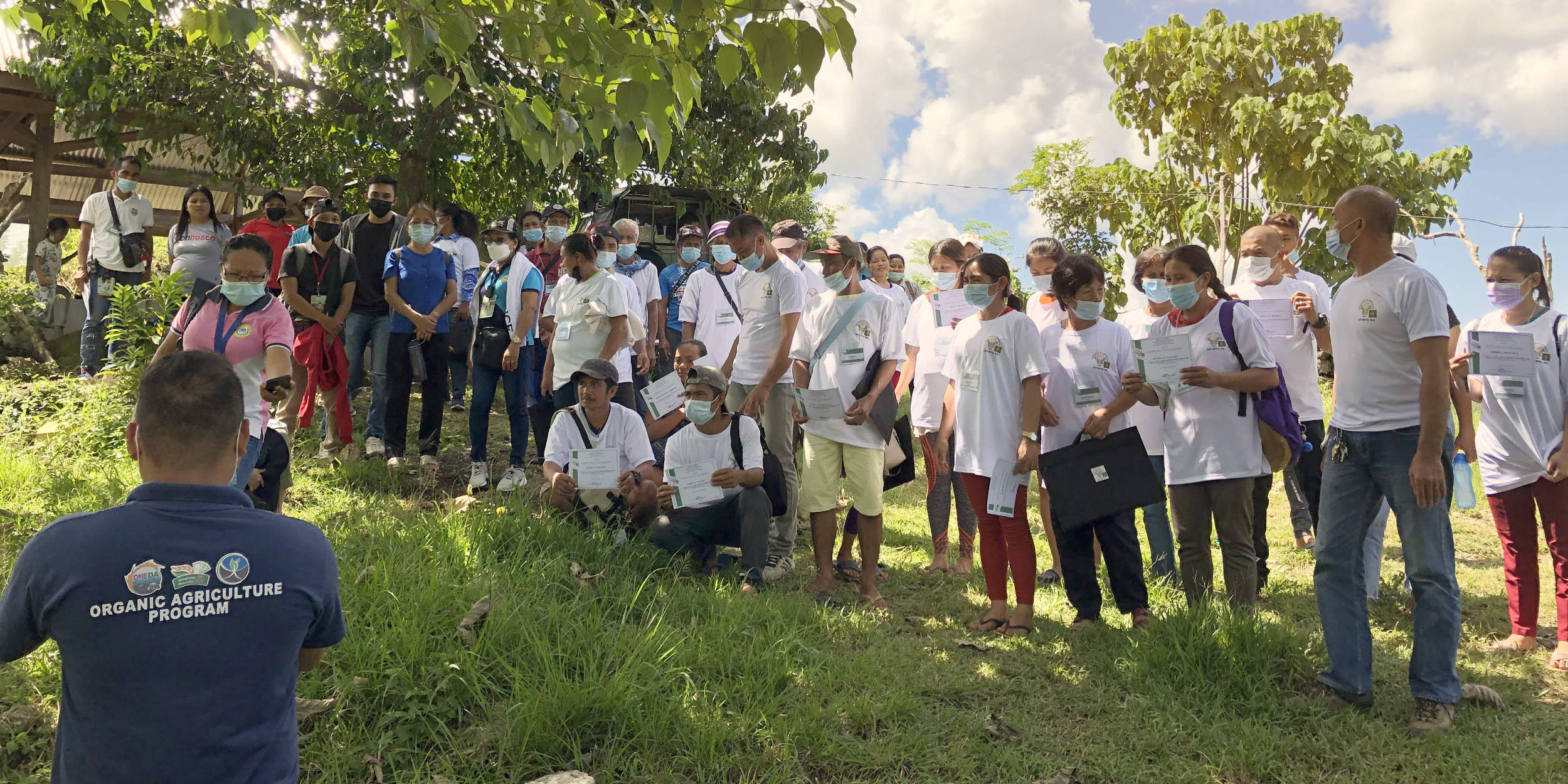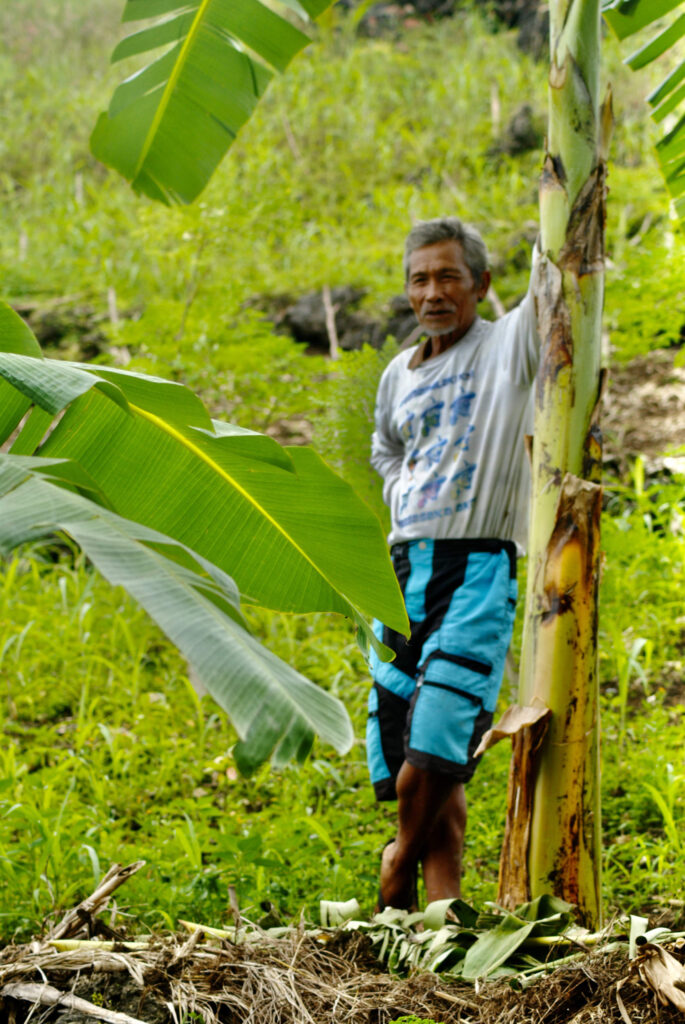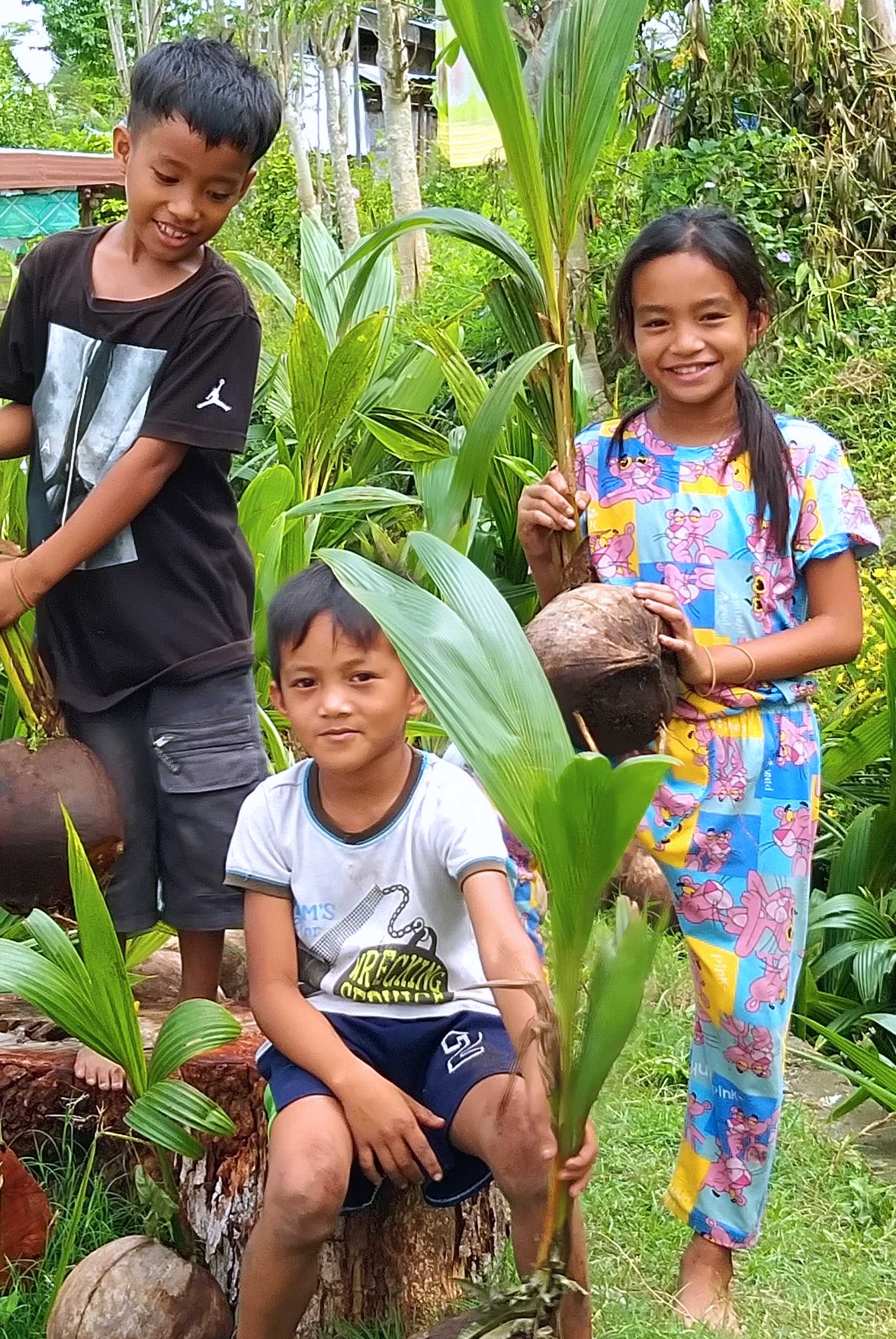
 Lessons Learned – What We Can Learn from These Projects
Lessons Learned – What We Can Learn from These Projects
The six projects—"Transforming Mindscapes & Landscapes," the Moringa Project in South Cotabato, "From Soul to Soil," "Back to Nature @Nepal," the "Back to Nature" project in Lauki, and "Back to Nature – Hydroponics Farming in Athipet, India"—send a clear message: We must act now to create a sustainable future for our environment and society.
Together for a Sustainable Future
Protecting Our Planet Through Sustainable Agriculture
The projects demonstrate that agroforestry, hydroponics, and organic farming not only protect soil and water resources but also help combat climate change and resource scarcity. These solutions must be adopted worldwide — every step counts!
Empowering the Most Vulnerable
Indigenous communities, landless families, and people with disabilities deserve not just support, but opportunities for self-reliance. By providing education, access to resources, and innovative technologies, we can create a more just society. Let's leave no one behind!
Using Innovative Technologies for People and the Planet
From biogas to solar energy, hydroponics to drip irrigation—these projects prove that progress and sustainability can go hand in hand. Let’s ensure these technologies become accessible worldwide!
Investing in Education and Awareness
Knowledge about sustainable farming, Moringa cultivation, and water management has transformed lives. By sharing this knowledge, we can empower entire communities. Every training session and awareness campaign matters — let's be multipliers of change!
Creating Economic Sustainability
The projects show how economic success and environmental responsibility can go together. From organic product sales to byproducts like biofertilizer, it is possible to generate income while protecting the environment. Let’s support such initiatives—they are the future!
Learning from Challenges and Staying Resilient
Extreme weather, price fluctuations, and livestock diseases posed challenges, but the projects overcame them with strength and innovation. Their resilience inspires us to find solutions even in difficult times. Let’s share these lessons and move forward together!
Call to Action: Act Now!
These projects are not isolated successes—they are blueprints for a sustainable future. By working together, we can achieve environmental, social, and economic progress. Support these initiatives, advocate for sustainable solutions, and be part of this movement—for our world and for future generations. The time to act is now!


Potential for Knowledge Exchange
The six projects offer a wealth of best practices that can be transferred from one initiative to another. Here are some key learnings and scalable approaches:
1. Biogas and Organic Fertilization
Some projects use biogas for energy and biofertilizer to improve soil health. Expanding this to other projects could reduce dependence on chemical fertilizers and lower energy costs.
From: “Back to Nature @Nepal” and Lauki Project
To: “From Soul to Soil” and “Hydroponics Farming in Athipet”
2. Hydroponics and Innovative Farming Methods
Hydroponics enables efficient water use and high yields in limited spaces. This could be a game-changer for water-scarce areas.
From: “Hydroponics Farming in Athipet”
To: Nepal and South Cotabato projects
3. Agroforestry and Mixed Cropping
Diverse cropping systems improve soil health and biodiversity, making agriculture more resilient to climate change.
From: “Transforming Mindscapes & Landscapes” and “From Soul to Soil”
To: Lauki Project and Athipet
4. Community-Based Approaches and Profit-Sharing
Profit-sharing with landless families strengthens social justice and local ownership. This model could be expanded to other regions.
From: Lauki Project
To: All projects
5. Moringa Cultivation and Marketing
Moringa is nutrient-rich, versatile, and economically valuable. Scaling up its production could enhance food security and income generation.
From: Moringa Project in South Cotabato
To: From Soul to Soil and Nepal
6. Greenhouses for Climate Adaptation
Greenhouses protect crops from extreme weather and enable year-round production.
From: Lauki Project and Hydroponics Farming in Athipet
To: From Soul to Soil and South Cotabato
7. Education and Awareness Campaigns
Training and awareness initiatives are essential to sustainably embedding best practices in communities.
From: “Back to Nature @Nepal”
To: All projects
8. Renewable Energy Solutions
Using solar energy and other renewables reduces operational costs and the environmental footprint.
From: Nepal and Athipet
To: South Cotabato and Lauki
9. Inclusive Approaches
The inclusion of people with disabilities and marginalized groups enhances social equity and strengthens community resilience.
From: Athipet Project
To: All projects
Conclusion: Strengthening Knowledge Exchange
By learning from each other, these projects can adapt successful models like innovative technologies, educational programs, and community-driven initiatives. A coordinated network between projects would further enhance the exchange of knowledge and best practices, maximizing their impact on sustainability, social integration, and economic empowerment.
The future of sustainable development lies in collaboration—let’s build it together!
